Life in Milkweed
Milkweed is vital for monarchs because it is THE host plant for monarch butterflies (meaning, monarch butterflies lay eggs ONLY on milkweed, AND monarch caterpillars ONLY eat milkweed). Of course, there are a variety of other species besides monarchs that enjoy nectaring from milkweed.
This year, I’ve been keeping track of the critters I’ve noticed in my swamp milkweed—life beyond monarchs. And, I thought it would be fun to document this life in milkweed, the teeny flies and bugs, frogs and just-hatched insects, the butterflies feeding every afternoon. Each time I inspect my milkweed (and I do it multiple times a day), I see something new.
Remember Horton Hears a Who?
I think of that Dr. Seuss book often, because there is so much life thriving in and around the plants and blossoms.
Gray Tree Frog
This Gray Tree Frog has been living in my milkweed all summer. How cute is he?
You may recall the tiny Gray Tree Frog I spotted last spring living in our peony plant? The peony grows only a few feet from the milkweed, so I imagine these guys are related? Or maybe he’s the same little guy.
Anyway, he’s gotten used to seeing me, and I talk to him every day.
Gray Tree Frogs mature after two years and can live to be seven+ years old. I hope this one sticks around for awhile. He certainly has plenty of goodies (slugs and snails and flies) to keep him happy.
Praying Mantis
I’ll be honest, the praying mantis is not my favorite garden critter. A formidable predator, they feed on a variety of garden insects, both good and bad ones. I moved this guy to another area of the garden, away from my monarch caterpillars. They do eat mosquitoes and other undesirables, so that’s a positive! Plus, seeing him lets me know my garden is healthy.
Lady Beetle
Like ladybugs, this lady beetle eats aphids, and I’m good with that. It’s fun to watch her travel up and down each stem like Pac-Man, eating aphids like a champ.
Long-Legged Fly
This long-legged Dolichopodid fly is a metallic beauty in the garden. He eats spider mites and aphids, so yay!
Leafhopper?
I’m not 100% sure about this pale green insect, but I think it’s a leafhopper of some variety?
Milkweed Bugs
If you grow milkweed, odds are you’ll have milkweed bugs. If you catch them when they first hatch, you can shake them off into a bucket of soapy water. Adult milkweed bugs can be eliminated the same way, (much like my method of handling pesky Japanese beetles)—I simply knock them into soapy water. It’s a daily job, y’all, but there’s an odd satisfaction in ridding my milkweed of them.
newly hatched:
adult:
Oleander Aphids
Aphids can be so annoying, but they don’t hurt the monarch caterpillars. It takes a whole, whole lot of them to harm the milkweed. Sometimes I remove them because they can make the milkweed look bad—I simply pull them off with my fingers and squish them—BUT before I do this, I look to make sure I’m not removing a monarch egg in the process.
Bees
Planting native milkweed in your pollinator garden provides food for solitary bees and honey bees. At any given time, a variety of bees can be found nectaring on my milkweed.
Look at all the pollen on this carpenter bee!
Butterflies Galore!
The ultimate goal of my milkweed patch is to support monarch butterflies throughout their life cycle.
Of course, all butterflies are welcome to nectar in our garden.
In 2019, I set out to create a monarch waystation for butterflies. Since then, I’ve concentrated on adding plants that pollinators prefer. It’s true—if you plant them, they will come! I’ve seen a significant increase in the amount and variety of pollinators (bees, butterflies, hummingbirds, songbirds and others) visiting our garden. And I consider them all to be important.
This summer, in an attempt to help mother nature, I’ve been raising quite a few caterpillars on the back porch in my monarch hotel. Whether raised on the porch or in the backyard, monarchs are thriving in our garden as I never imagined! (Should I write a separate post about this?)
Soon, monarchs will migrate south to Mexico where they will overwinter. Next spring, the process will begin again.
Questions?
I’m honing my butterfly gardening skills as I go, but if you have questions about getting started, let me know and I’ll try to help. I will at least point you in the right direction.
Grace Grits and Gardening
Farm. Food. Garden. Life.
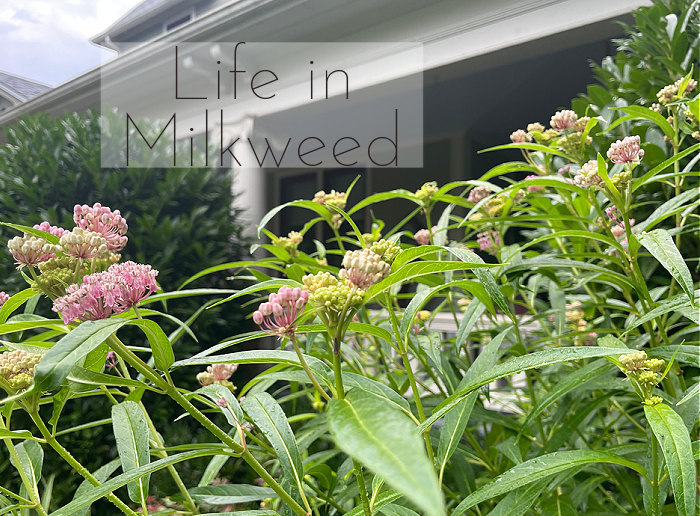
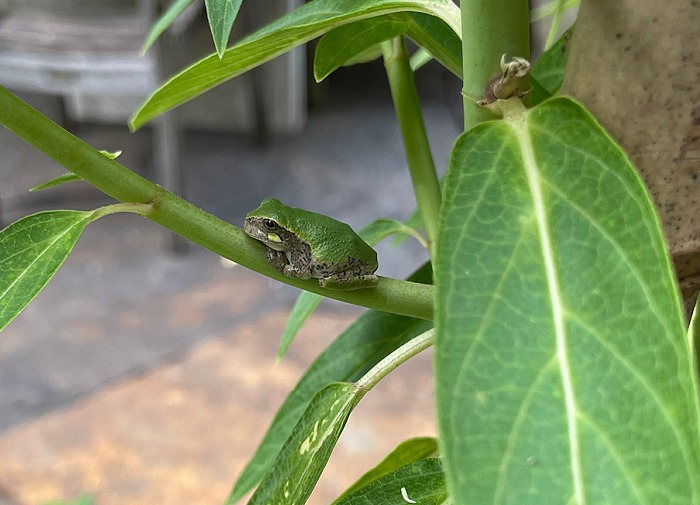
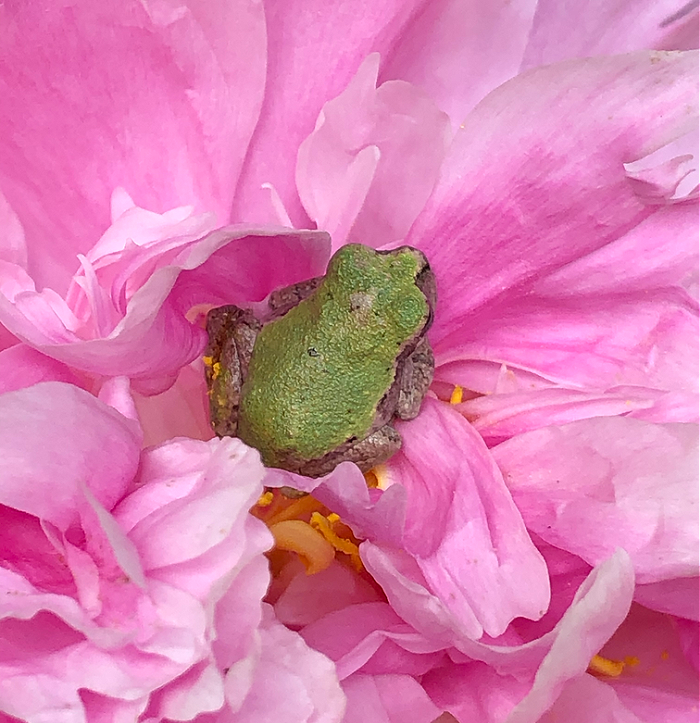
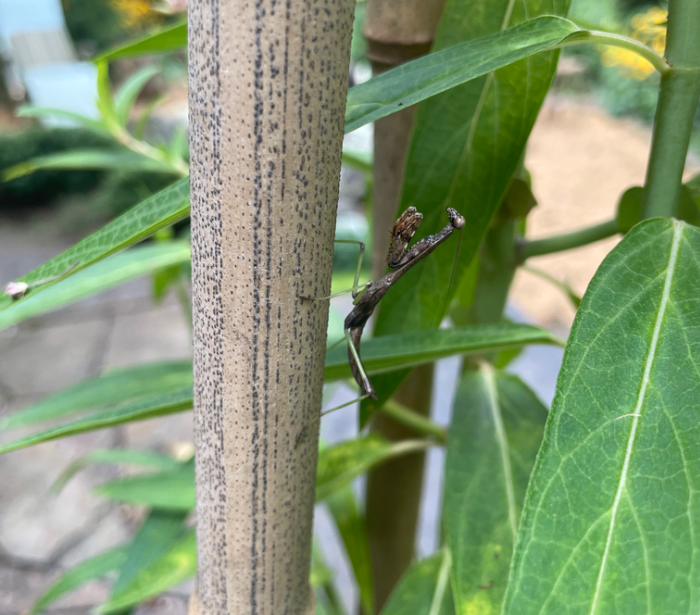
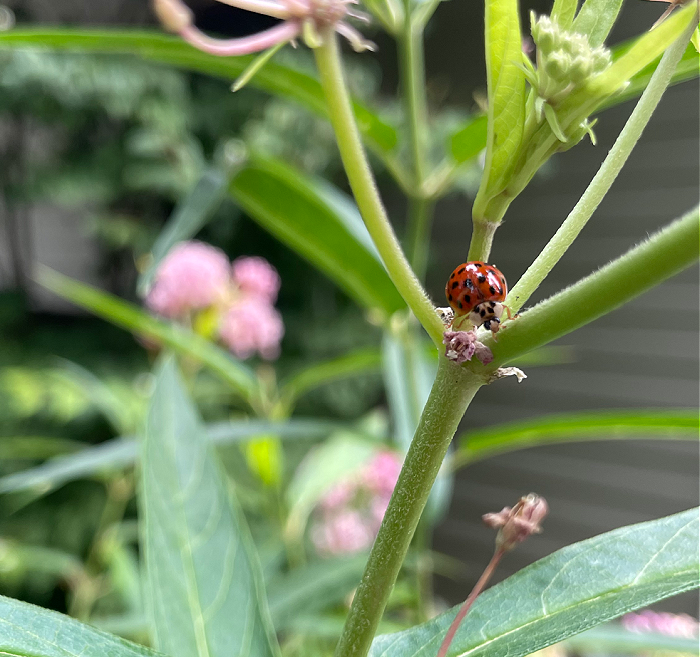
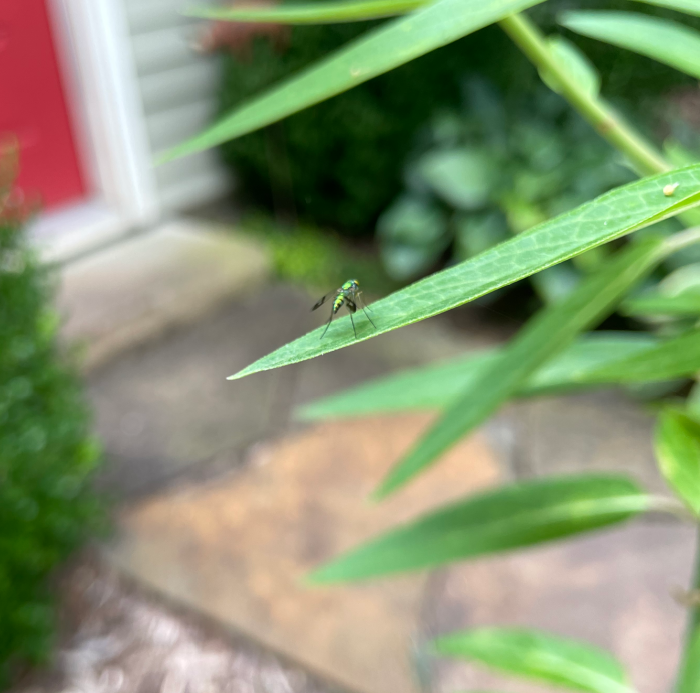

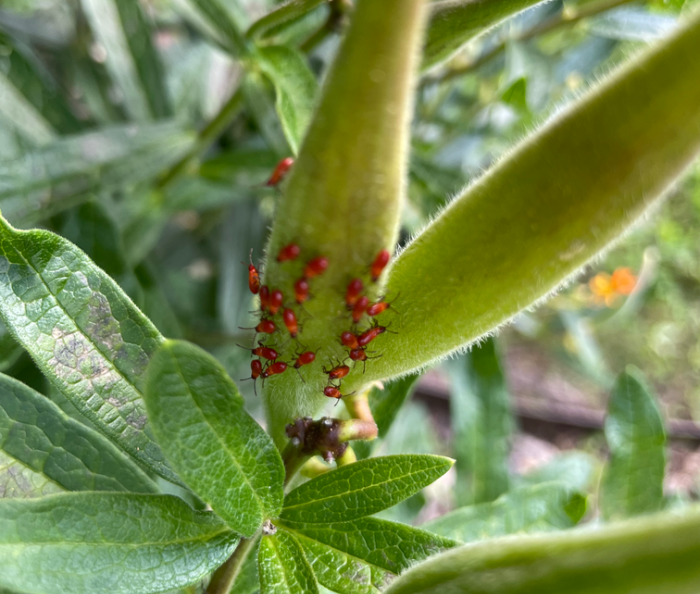
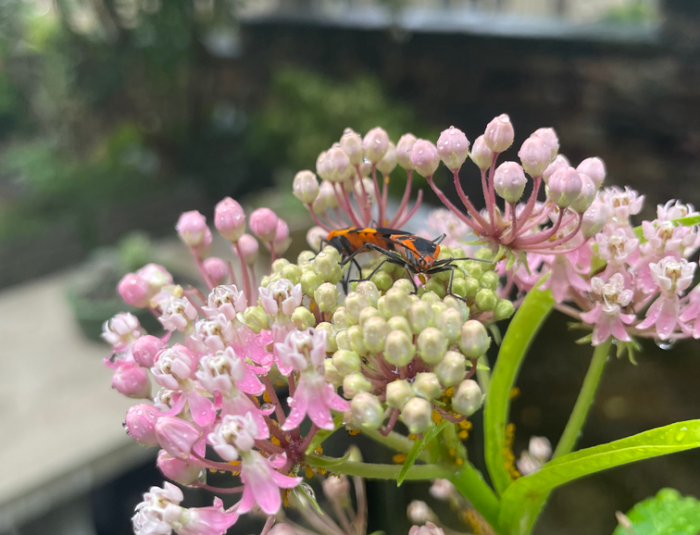
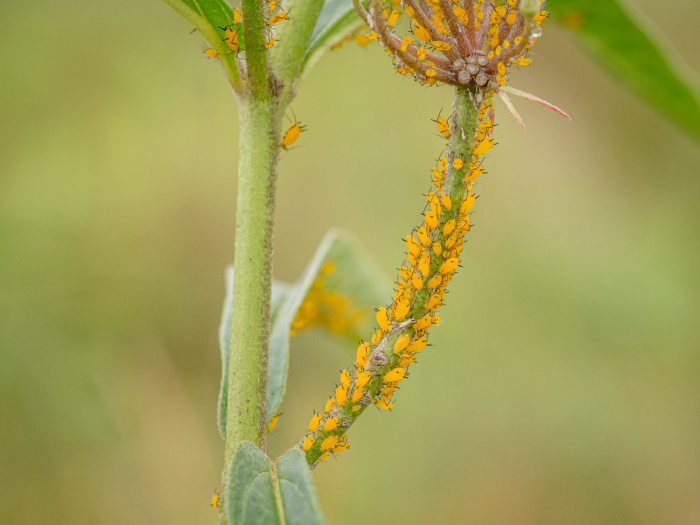
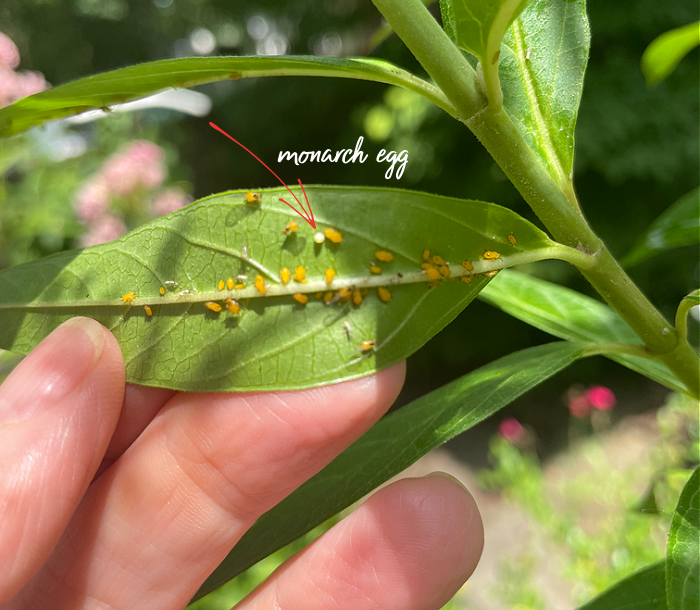
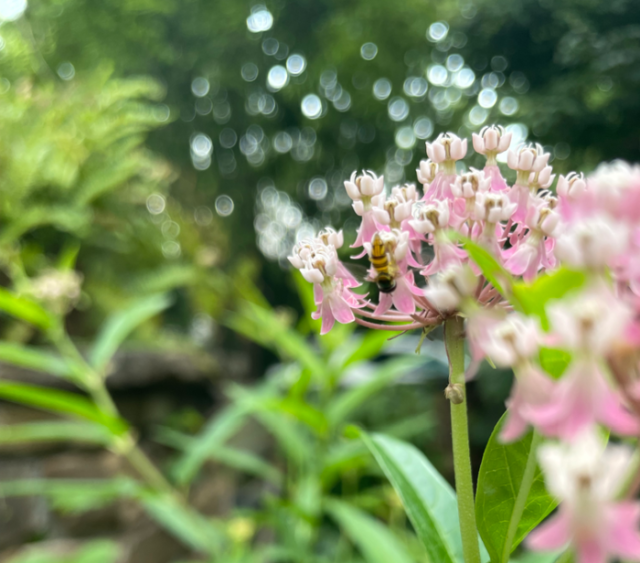

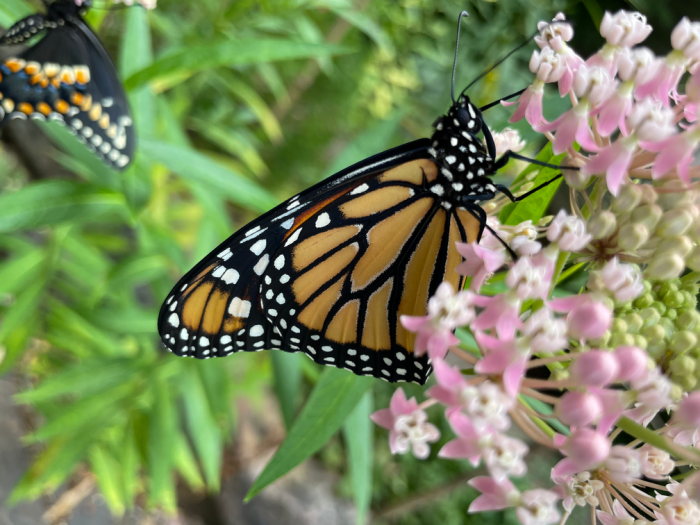
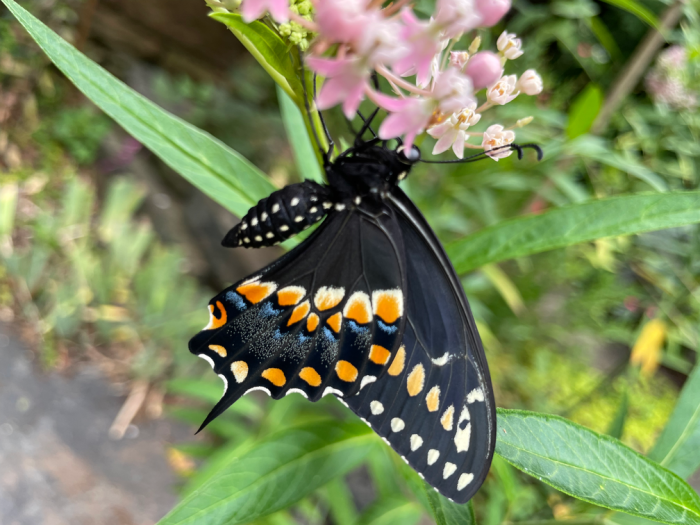
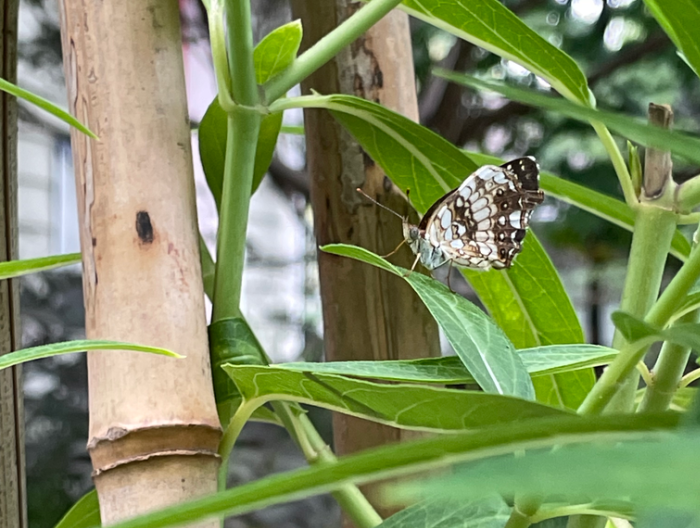
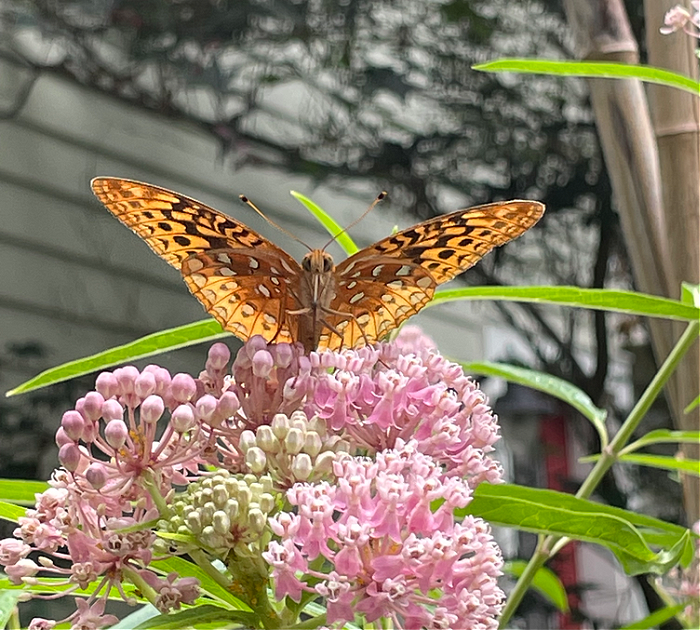








I sure needed this article! I have several varieties of milkweed. One always looks puny. I need you to look at it and tell me about it. I am tempted to pull it out. Thank you for the great photos. Now I know what I am dealing with!
I’ll stop by and look at it soon!
Congratulations on your mission to help save pollinators, especially the Monarch! You are in fine company on this journey, and several years ago, while looking into the Mysteries of Milkweed and Monarchs, we traveled to Plains, Georgia , to salute the work Rosalynn Carter has done in supporting the creation of Monarch gardens along the migration routes. In the village center, there’s a wonderful novelty/book/political memorabilia store (Plains Trading Post) which contains a huge amount of information on pollinators, milkweed, and creative ideas on how to help, with a directed nod toward the work of Mrs. Carter. It also has a huge collection of political memorabilia, and I was lucky enough to come away with two Children’s Books authored and signed by Jimmy and Amy Carter for some granddaughters, which joined their signed copies of “The Accidental Salvation of Gracie Lee.” These two young ladies have great taste in literature.
I love your tradition of gifting your granddaughters with signed books! They are lucky little girls. Helping monarchs in my small way is also helping me stay sane during such a crazy time.
Loved this update on your monarch project!